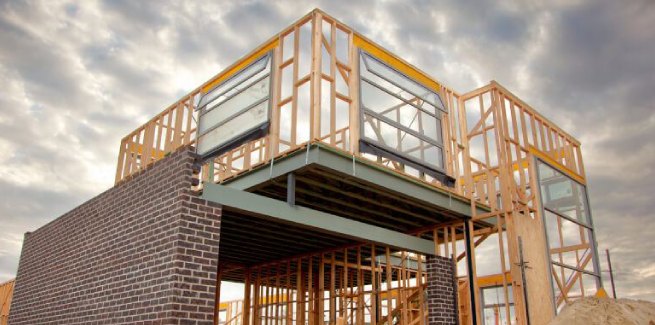The Housing Industry Association (HIA) has released the 2021 edition of the HIA Population and Residential Building Hotspots Report, which has aimed to find employment growth areas targeted towards builders and tradies, and identifies hotspots in all states and territories.
According to the HIA, an area qualifies as a hotspot nationally if at least $150 million worth of residential building work was approved during the 2019-20 financial year and its rate of population growth is faster than the 1.3 per cent national average.
As such, the report has identified Mickleham – Yuroke in north of Melbourne’s Tullamarine Airport as Australia’s number one building hotspot, with a population growth rate of 32.8 per cent and $412.1 million in building approvals.
The HIA hotspots report has also provided a ranking of Australia’s top 20 hotspots, as well as individual rankings for each state and territory.
Of the national top 20 hotspots, 11 are located in Victoria (of which nine are in Melbourne), five are in NSW, three are in South-East Queensland, and one is in the ACT, the report found.
Other Victorian hotspots in the top 20 include Rockbank – Mount Cottrell in Melbourne’s west, Wollert in Melbourne’s north-east, Cranbourne South in Melbourne’s south-east, Werribee – West in Melbourne’s west, Cranbourne East in Melbourne’s south-east, Melton South in Melbourne’s west, Truganina in Melbourne’s west, Tarneit in Melbourne’s west, Grovedale in Geelong, and Alfredton in Ballarat.
Commenting on the hotspots report findings, HIA economist Angela Lillicrap said: “Mickleham – Yuroke has been a regular in the National Top 20 Building Hotspots list over the past couple of years, along with second on the list, Rockbank – Mount Cottrell.”
Ms Lillicrap also noted the shift in housing preferences during the coronavirus pandemic, stating: “Australia’s population growth has been constrained due to closed borders. COVID-19 has also seen consumer preferences shift away from inner-city apartment-style living to detached housing in regional areas.
“This shift could see more regional areas in the next edition of HIA’s Population and Building Hotspots Report.”
The HIA recently reported that the number of detached housing commencements will reach a record high of almost 147,000 in the 12 months to September 2021, representing a 20.3 per cent spike from the peak of the previous boom in 2018.
However, it also noted that this would push the demand for detached dwellings beyond supply capacity.
Victoria’s population growth rate stalled in 2020
HIA’s release of the hotspots report was followed by its analysis of data from the Australian Bureau of Statistics (ABS) on Australia’s population growth, which showed that Australia’s annual population growth has fallen to its slowest rate since 1916, with Victoria showing the sharpest decline.
Australia’s population growth rate fell to just 0.53 per cent over the year to the December 2020 quarter (compared with the average population growth rate of 1.51 per cent over the past 20 years), HIA’s analysis showed.
There was zero population growth in Victoria, representing the worst population growth rate of any jurisdiction in 2020, according to HIA’s analysis.
In the December quarter alone, the net loss to international migration of 18,000 people from Victoria has exceeded the net loss of 7,000 for all other jurisdictions combined, HIA said.
The state has been subject to four separate lockdown events to curtail the outbreak of the coronavirus pandemic, including snap five-day lockdowns.
Across the other states, the population grew by 1.1 per cent in Queensland, 0.9 per cent in Western Australia, 0.8 per cent in the ACT, 0.6 per cent in Tasmania, 0.5 per cent in South Australia, and 0.4 per cent in NSW, the figures revealed.
Commenting on the population trends, HIA chief economist Tim Reardon said: “Even at the peak of the 1990s’ recession, when more people were leaving Australia than arriving, the population growth rate did not drop below 0.89 per cent.
“In 2020, there were as many residents leaving Australia as arriving. This includes a loss of 74,000 residents overseas in the three quarters to December 2020.”
[Related: Housing sentiment in ‘pessimistic territory’: Westpac]
 ;
;
